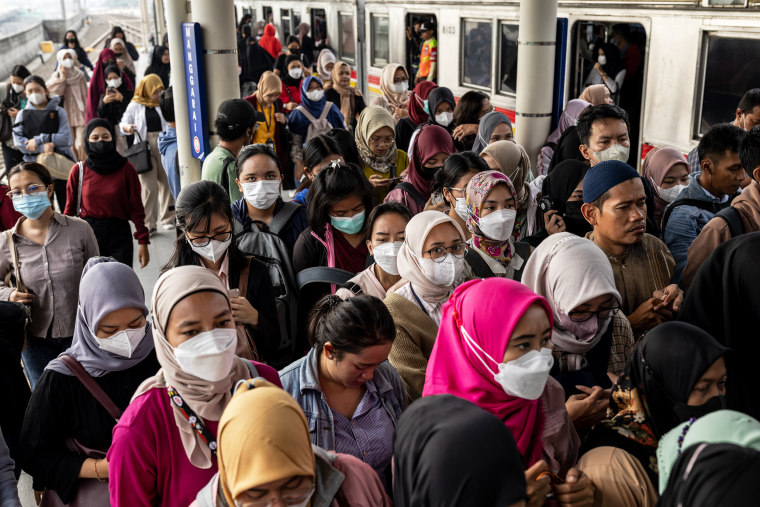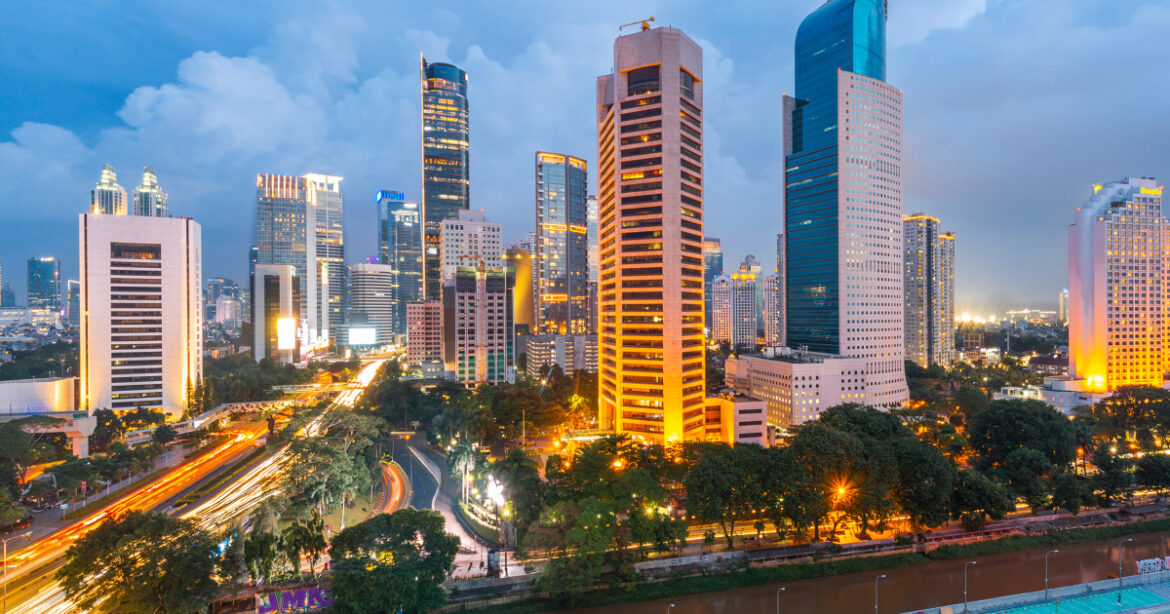The world has a new most populous city.
Indonesia’s capital, Jakarta, tops a ranking that is increasingly dominated by Asia. It edged out Bangladesh’s capital, Dhaka, and Japan’s Tokyo to earn the title in a new United Nations report.
With an estimated population of nearly 42 million residents, Jakarta soared from 33rd place in the previous rankings, in 2018, that were topped by Tokyo.
It’s followed by Dhaka, with 36 million, which the report says is “expected to become the world’s largest city by mid-century.”
That’s a sign of the rapid change underway across the world, with the rise of densely populated megacities.

Nearly half of the planet’s 8.2 billion people now live in cities, according to the “World Urbanization Prospects 2025” report, marking a twofold surge in urban dwellers over the last 75 years.
And nine out of the 10 most populated cities around the globe are located in Asia.
The only exception is Egyptian capital Cairo, ranked 7th with a population of 25 million people, more than double the number that live in New York City.
 Morning commuters get off a train at Manggarai railway station in Jakarta, in 2024.Garry Andrew Lotulung / Anadolu via Getty Images
Morning commuters get off a train at Manggarai railway station in Jakarta, in 2024.Garry Andrew Lotulung / Anadolu via Getty Images
The other cities making up the top 10 were New Delhi (30.2 million), Shanghai (29.6 million), Guangzhou (27.6 million), Manila (24.7 million), Kolkata (22.5 million), and Seoul (22.5 million).
“Urbanization is a defining force of our time. When managed inclusively and strategically, it can unlock transformative pathways for climate action, economic growth, and social equity,” said Li Junhia, United Nations Under-Secretary-General for Economic and Social Affairs.
In 1975, there were just eight megacities — defined as those with a population of at least 10 million. In 2025, that number has grown to 33, of which 19 are in Asia. Los Angeles and New York City are the only two megacities in the United States, the report said.
“To achieve balanced territorial development, countries must adopt integrated national policies that align housing, land use, mobility, and public services across urban and rural areas,” Li said.
By 2050, there could be more than 15,000 cities in the world, most of which will have populations of less than 250,000.
The U.N. projections showed that Dhaka would likely be the world’s most populated city with 52.1 million residents by 2050, while Tokyo’s population is set to drop by 2.7 million, reflecting Japan’s aging and population crisis.
Jakarta, prone to earthquakes and flooding, is overcrowded, polluted and rapidly sinking.
In August 2019, then-Indonesian president Joko Widodo said that the country’s capital would move to Nusantara, located 1,200 miles away in Borneo, which has some of the world’s highest levels of biodiversity.
The move has however faced several setbacks, including construction delays, a lack of foreign investment, and managerial and land issues.


AloJapan.com